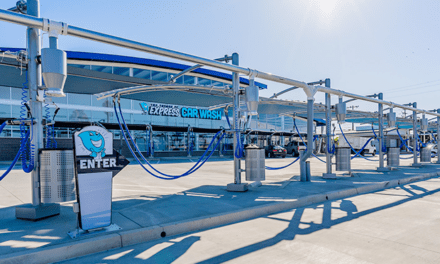
Importance of Noise Control

Importance of Noise Control
by: Cheryl Dobie
Everything on earth is subject to the force of gravity, including the atmosphere around us.




The weight of a one inch square column of air extending from any point on the earth’s surface to the vacuum of space is referred to as the barometric pressure or ambient pressure. When the air is disturbed in some way, it causes the air pressure to fluctuate rapidly above and below the local ambient pressure. It spreads through the air in a series of pressure waves. The ear drum is set in motion by the varying air pressure and the vibrations are registered as sound by the brain.
Whether a short annoyance or for an extended duration, noise is an unwanted sound. While our subjective reaction is what we sense as loudness, technically, the greater the variation in pressure, the louder the noise: and, the faster the vibration, the higher the frequency or pitch of the noise. A noise could be annoying or it could be so loud that it will damage the hearing system. In either case there is a need for noise control.
Most of the sounds that we are subjected to on a daily basis are a combination of individual sounds at various frequencies. We can characterize them by pitch or tonal qualities, but they are not pure tones. To evaluate the noise spectrum of a given sound and get a better picture of the noise, a graph is generally used to show the sound pressure level at various frequencies within the audible range.
Sounds can be measured using a microphone to simulate the ear, or electronics to determine pressure variation. The range of pressures is very large, so meters are calibrated to a logarithmic scale, reading in Decibels (dB) to give more meaningful value to the term “sound pressure level.” However, the decibel system can be confusing. For example, a 110 dB level is not 10 per cent greater than a 100 dB noise level; it actually represents 10 times the acoustical energy.
The purpose of acoustic design is to limit people’s exposure to noise, whether they are inside or outside the building. The correct materials can play an important role in the design by absorbing the sound energy and/or by acting as a barrier and resisting the transmission of the noise. A factor known as absorption coefficient of a given material defines how much sound that material can absorb across a given frequency range. The more sound absorbed, the less is reflected back into the room to cause reverberation.
Every structure has a natural frequency, meaning once struck by sound it will continue to vibrate at frequencies determined by its material, dimensions, shape and conditions. Because not all sounds striking a surface will strike at right angles, coincident sound is produced by striking the surface obliquely and these will produce a forced motion in the panel (the trace wavelength). Selective application of damping materials is effective in reducing this structural resonance
Source control
Depending on design, the housing on a drying system can act as a barrier to sound waves, making them go through and thereby reducing their strength. By installing absorbing material with a perforated liner, internal sound along with acoustic reflections are absorbed, therefore reverberation times can be reduced.
Path control
Car wash operators face unique challenges. Even though a building should also act as a containment barrier for sound, the most effective acoustic treatments used in construction are porous and are not suitable for wet, harsh carwash environments. Also, because carwashes have large entrance and exit doors, sound cannot be completely contained within the building.
Receiver control
Ear plugs or ear muffs are considered highly economical methods for reasonably effective receiver noise control. However, employees are often uncomfortable having to constantly wear these devices. They note their inability to detect change in the sound of their equipment and problems communicating with employees and customers. The Occupational Safety and Health Administration (OSHA) regulates noise and time limits for worker exposure. These standards govern the maximum levels of industrial noise an employee may be exposed to and explain what action must be taken if these levels are excessive.
Premises noise can be detrimental to customer enjoyment. Noise can quicken the pulse rate, raise breathing rates, and increase blood pressure. If irritable customers remember their wash as a stressed-out experience, they will likely reduce or eliminate their visits.
And what about the neighbours? Noise generated by carwash traffic and equipment and emitted to neighbouring properties can be perceived as a nuisance. Should complaints arise, generally operational noise is not grandfathered in, even if the wash has enjoyed a long history in that location. Whether new construction or an existing facility, local ordinances can impose restrictions or dictate hours of operation.


































